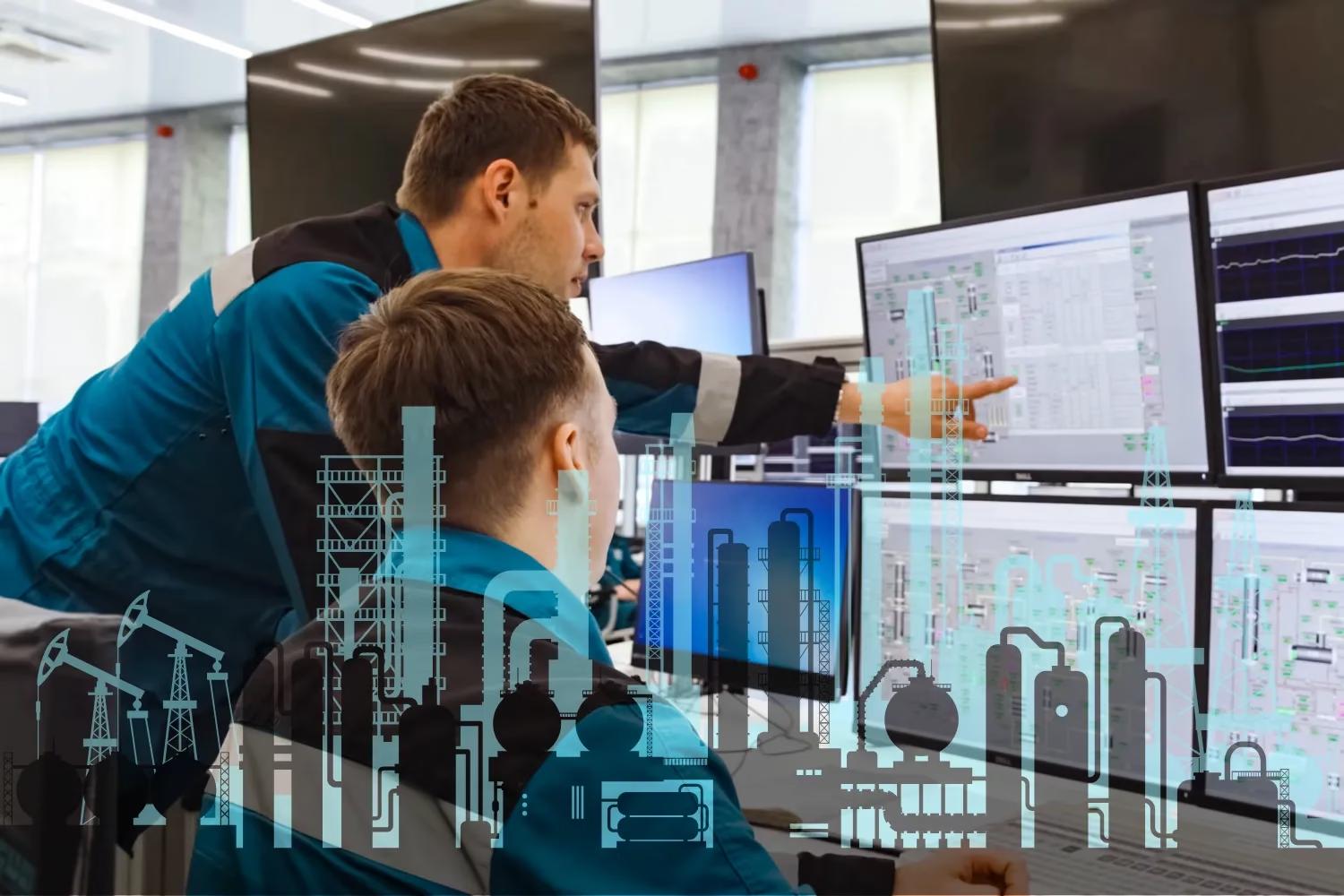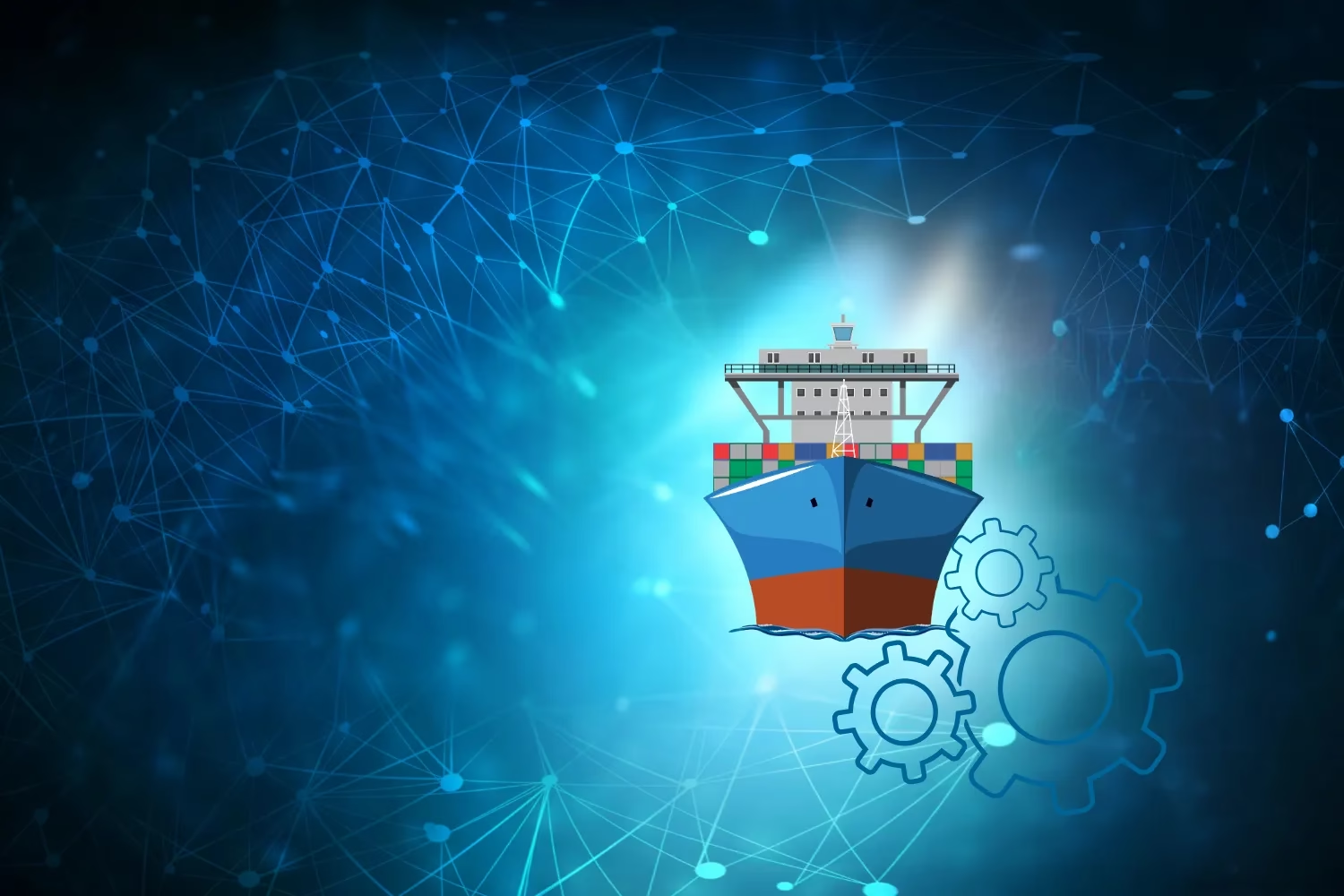1. Introduction
A Planned Maintenance System (PMS) is essential for ensuring the operational efficiency, safety, and longevity of a ship’s equipment and machinery. It involves a structured approach to scheduling, executing, and documenting maintenance activities, aligning with international standards such as the International Safety Management (ISM) Code.
2. Key Modules
2.1 Maintenance Module:
This core component manages all maintenance tasks, including inspections, routine checks, and corrective actions. It facilitates the scheduling of activities, assignment of responsibilities, and tracking of completion statuses. By organizing tasks into categories, the module provides a clear overview of maintenance operations, enhancing efficiency and ensuring compliance with safety and environmental standards.
2.2 Inventory Management Module:
Effective inventory management ensures that necessary spare parts and tools are available when needed. This module monitors stock levels, tracks usage, and manages procurement processes. It helps prevent downtime due to unavailable parts and supports cost-effective inventory control.
2.3 Documentation and Compliance Module:
This module stores and organizes all maintenance-related documentation, including manuals, inspection reports, and compliance certificates. It ensures that records are easily accessible for audits and inspections, supporting adherence to regulatory requirements and internal standards.
2.4 Reporting and Analytics Module:
Advanced reporting tools analyze maintenance data to identify trends, predict potential failures, and optimize maintenance schedules. This module aids in decision-making by providing insights into equipment performance and maintenance effectiveness.
2.5 Dry-Docking and Survey Planning Module:
Planning for dry-docking and surveys is crucial for maintaining vessel integrity and compliance. This module schedules and tracks these events, ensuring that all necessary inspections and maintenance activities are completed within required timeframes.
2.6 Condition Monitoring Module:
Utilizing sensors and diagnostic tools, this module continuously monitors the condition of critical equipment. It provides real-time data on performance metrics, enabling proactive maintenance actions based on actual equipment conditions rather than fixed schedules.
2.7 Budgeting and Cost Control Module:
Managing maintenance budgets is essential for financial planning and control. This module tracks maintenance expenses, compares them against budgets, and helps identify areas for cost optimization, supporting financial accountability and strategic planning.
Integrating these modules within a PMS enhances operational efficiency, extends equipment lifespan, and ensures compliance with international maritime standards. The specific modules and their functionalities may vary depending on the PMS software and the unique requirements of the vessel and its operations.

